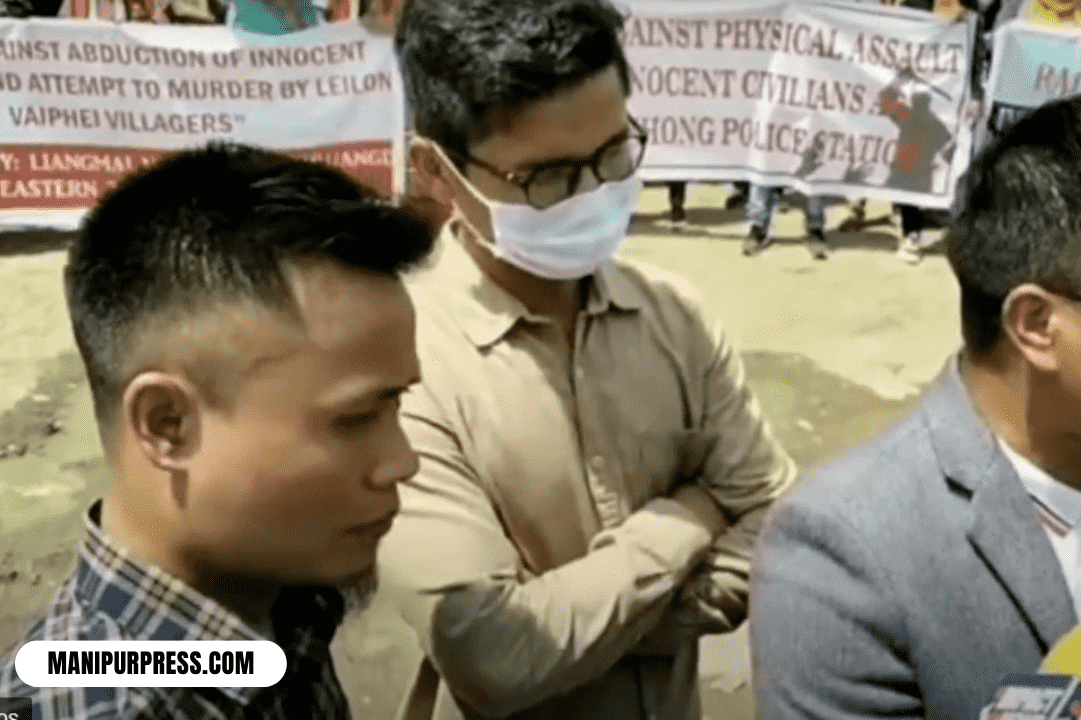The Konsakhul Village Authority claims that Leilon Vaiphei village is a tenant and has provided evidence to prove this claim, including a land lease agreement, tax receipts, and court orders dating back to 1920. They also allege that the Leilon Vaiphei villagers have been polluting the Singda river, engaging in wanton destruction of forests, and harassing tourists and pilgrims. According to the Konsakhul Village Authority, the villagers of Leilon Vaiphei have been frequently engaging in criminal activities such as robbing, raping, assaulting, and kidnapping travelers passing through the Leimakhong road. The Chairman of the Konsakhul Village Authority says that Leilon Vaiphei village tried to snatch their land by burning down Konsakhul village to ashes in 1993, but they forgave them. However, they allege that Leilon Vaiphei villagers are trying to grab their land again in the name of “sandang fencing.” The Konsakhul Village Authority claims that they have all the necessary documentation to prove that they are the landlords and that Leilon Vaiphei village is the tenant, and they are ready to provide whatever proof is necessary.
The statement issued by the Konsakhul Village Authority presents their version of the conflict with Leilon Vaiphei village. They claim to have sufficient evidence and documents to prove their ownership of the land and the tenancy of Leilon Vaiphei. They also accuse Leilon Vaiphei villagers of various wrongdoings, including destroying the environment and forests, polluting the Singda river, and harassing tourists and pilgrims. Additionally, they allege that some villagers of Leilon Vaiphei have been involved in criminal activities such as robbery, assault, and kidnapping.
It is important to note that this statement presents only one side of the story, and the claims made by Konsakhul Village Authority have not been independently verified. Therefore, it is necessary to approach this conflict with caution and avoid making hasty judgments. It is also crucial to ensure that any resolution to this conflict takes into account the rights and concerns of both parties involved.






